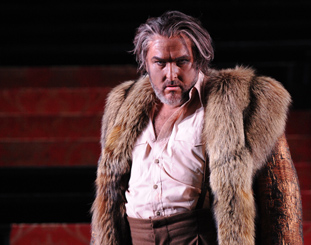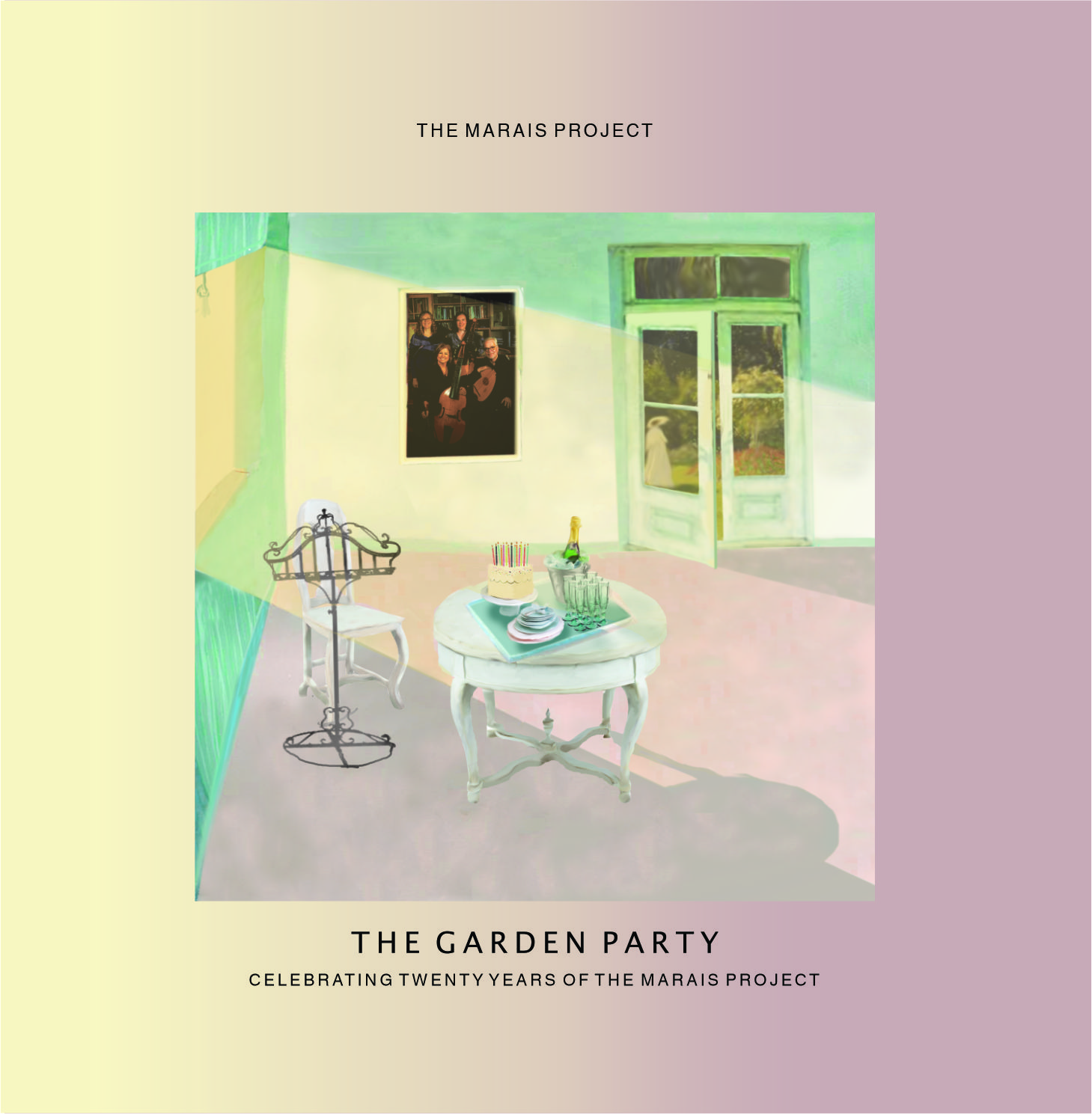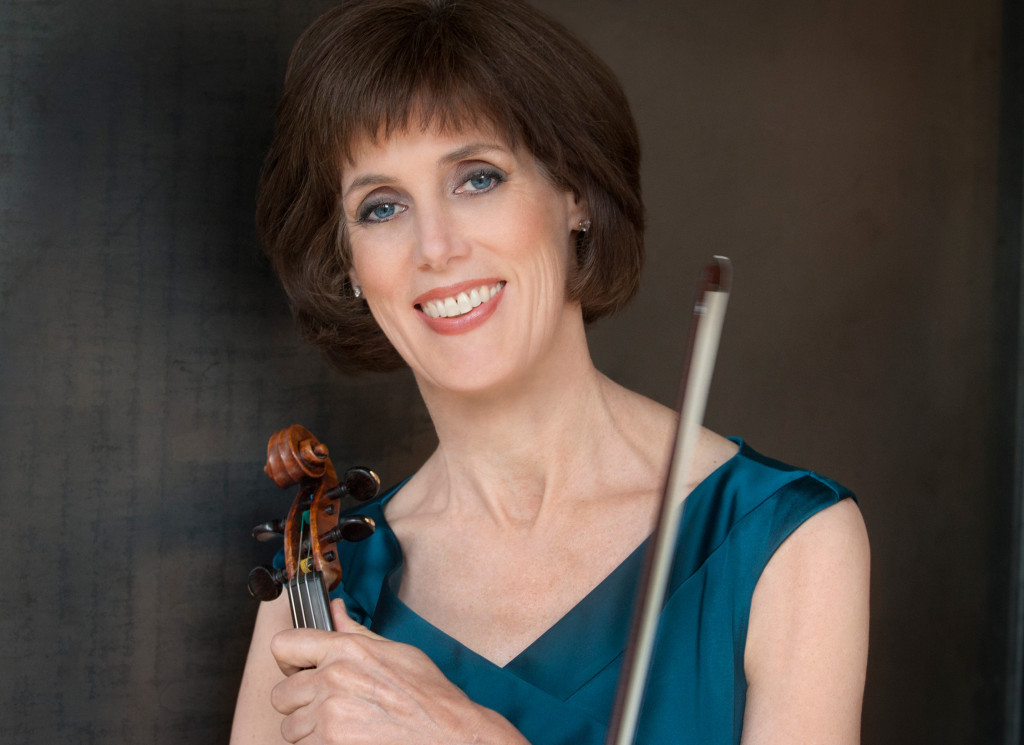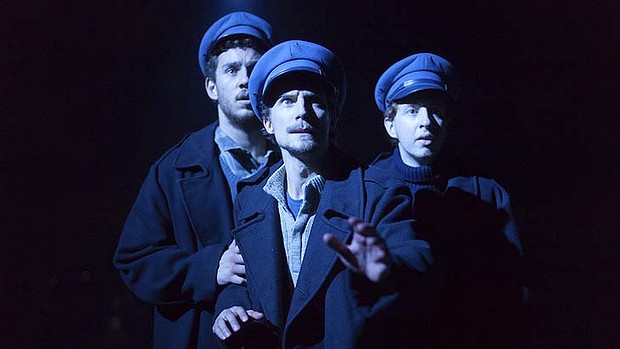Opera Review: La Bohème/ Opera Australia Regional Tour
La Bohème
Opera Australia Regional Tour
Riverside Theatres, Parramatta
Saturday August 24th 2024
Reviewed by Victoria Watson
Since mid-July 2024 Opera Australia has been touring a new production by Dean Bryant of Puccini’s ever popular 1896 opera, La Bohème throughout New South Wales, Victoria and Tasmania. The only Sydney performance was at Parramatta’s Riverside theatre to a packed and receptive audience.
The theatre, although flagged to make way for a larger one in future, is well suited to a pared down chamber orchestra and cast and the acoustic worked well with the voices ringing out clearly.The opera was performed in the original Italian (an ideal choice) with effective digital subtitles.
Conductor Simon Bruckard led the 12 strong band from the pit and kept a good ensemble with the stage, even when the chorus of local Parramatta children took front and centre in Act 2’s ebullient café Momus scene. The sweeping Romanticism of Puccini’s score missed the lushness of a fuller string section balancing the six wind and brass players, but the essence of the score was well expressed and balanced the lighter voices.
Isabel Hudson’s stage and costume designs immediately established the 1970’s bohemian vibe and reminded just how well the story adapted as a 1990’s musical in Jonathan Larson’s Rent.
The sense of the four artistic lads sharing a flat and making do with extremely basic amenities is familiar and effective in Bryant’s energetic reading. The difficulties in any modern context come with conveying Mimi’s illness and death. In 1896 a death from tuberculosis was commonplace and a lack of money usually meant no hospital care. Only a committed suspension of disbelief allows this to read true in the 1970s. But that is very much the stuff of opera where emotions are sung and conversations become ensembles of overlapping thought lines.
The central young lovers Mimi and Rodolfo, were performed by Maia Andrews and Nick Kirkup in this performance. Andrews sang with a resonant lyric soprano and conveyed a stronger independent Mimi rather than a malleable ingenue. The role can benefit from a wider dynamic range and can be especially moving in softer passages. Perhaps to suit the touring demands, Andrews favoured a louder palette and use of chest register for lower notes. When she did allow for more subtlety such as in the final death scene, she better matched Puccini’s genius for emotional profundity.
Kirkup is a young tenor making the transition from concert and oratorio singing to more substantial opera roles in his native Queensland. A regional tour is an excellent opportunity for such a young artist to perform a role they may later sing on the mainstage. His upper register has a very pleasing quality and is stable and dependable which is a real plus in this role which often sits high. The middle and lower notes are yet to develop an equal beauty and expressive potential. Equally, his dramatic performance which began a little nervously but gained in stature during the opera, will mature with experience as he relaxes into holding the stage in such a significant role.
Balancing the enraptured love of the central pair are the two more quarrelsome lovers, the painter Marcello and singer Musetta. Jane Magão captured the vivacity and quixotic nature of Musetta, singing with a lithe bright leggiero soprano. Her interactions with sugar daddy Alcindoro played by Eugene Raggio, brought the light-hearted humour so necessary to balance the tragic difficulties faced by the other lovers.
The standout performer of the opera was young West Australian baritone Benjamin Del Borrello as Marcello. He was utterly convincing in every aspect of his role, and held the audience captive with his intensity, honesty and a beautiful lyric baritone voice. His Italian diction was impressive and natural and the legato phrasing that resulted demonstrated that Puccini can be sung with true bel canto line and beauty. This is a young man with a great artistic future in store.
As the musician Schaunard, Daniel Ott brought a bright tone and strong physicality to his cameo scenes. The final member of the quartet of men in the share-house was a more mature performer (younger basses are scarce). Eddie Muliaumaseali’I brought an assured presence to the philosopher Colline. While he relied on a lighter parlate style in early ensembles, he reserved a warm gravitas for the touching Act 4 aria where he farewells his beloved overcoat to buy medicine for the dying Mimi.
The chorus scenes were necessarily reduced to solo lines sung in the main by the cast and their alternates. Mention must be made of the luxury cameo appearance of John Longmuir as Parpignol. Regional audiences are truly fortunate to hear this sensational tenor in his first outings as Rodolfo, and likewise his brief moments as Parpignol were brilliant and memorable. Longmuir has delighted mainstage audiences in many roles and it is exciting to see him moving into this repertoire.
The children’s chorus, while necessarily glued to watching the conductor, added something special to the performance. Cast from local youngsters, the audience greeted them warmly and their fresh young voices and presence were a welcome addition to this refreshing 21st century imagining of La Bohème.
Victoria Watson: A graduate of Melbourne university and VCA, Victoria appeared regularly as a soprano with the Victoria State Opera and has toured and served as artistic director of many chamber ensembles.
She has performed with Sydney Symphony Orchestra and for ten years, was artistic director of a major opera education project with Opera Australia. Since 2015 she has moved into directing opera including Mozart’s Cosi Fan Tutte at the Independent theatre.
Victoria has lectured in voice at the major universities in Melbourne, and is currently a tutor at UNSW. Having taught at major Sydney secondary colleges, she now runs a busy private singing studio. She is a published author on opera and a popular freelance music and theatre lecturer and advocate for Australian artists around the world.






